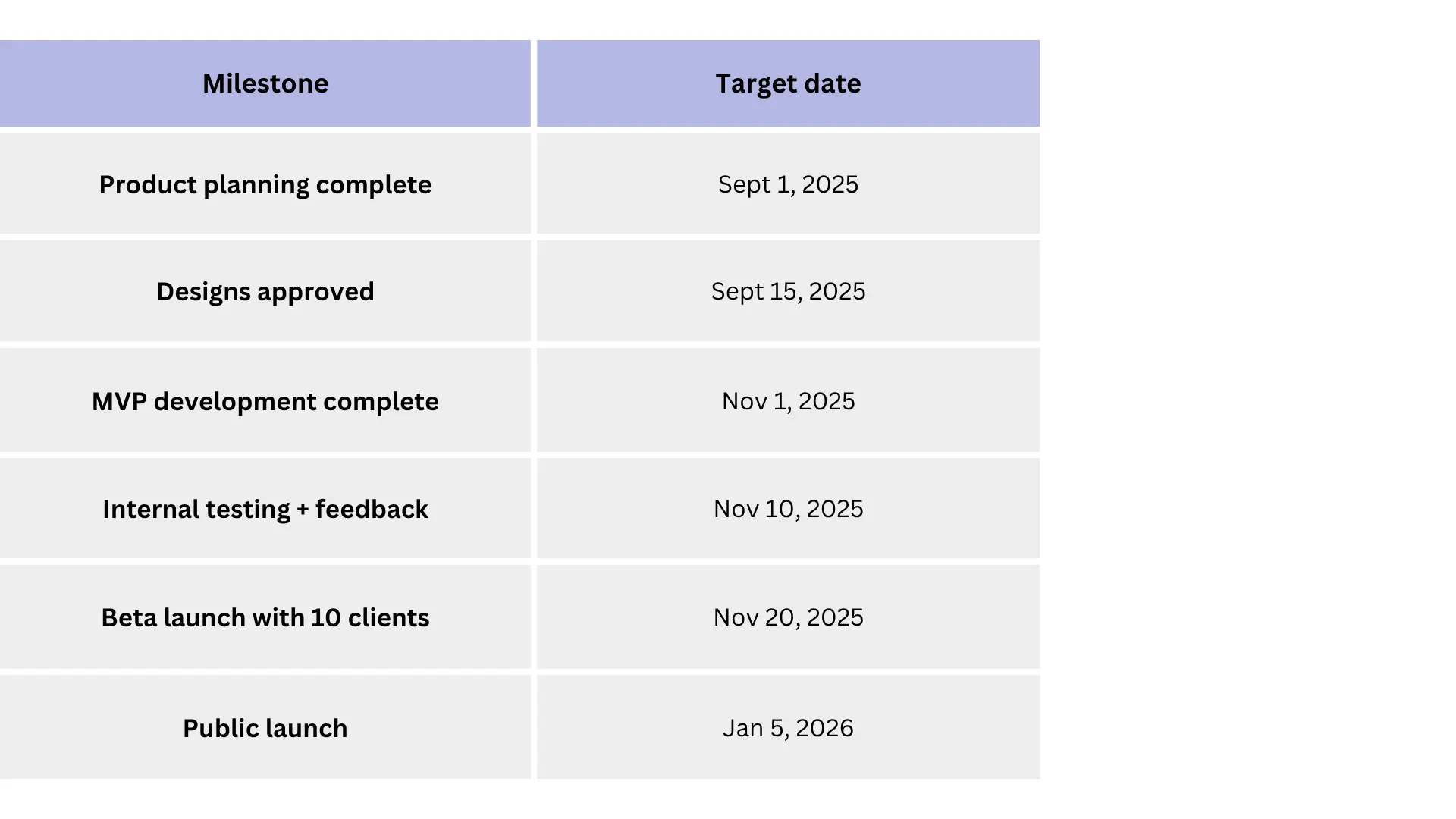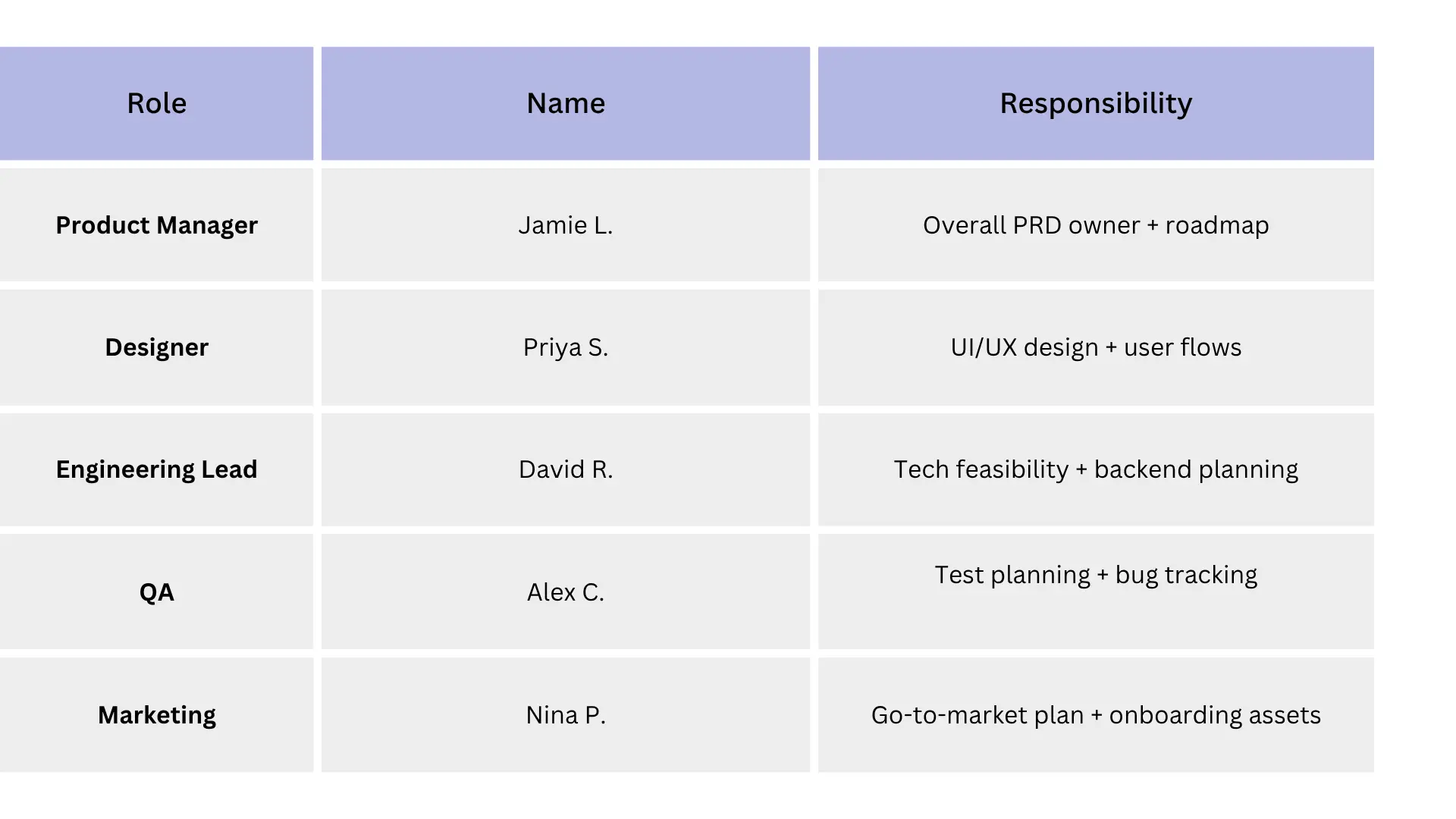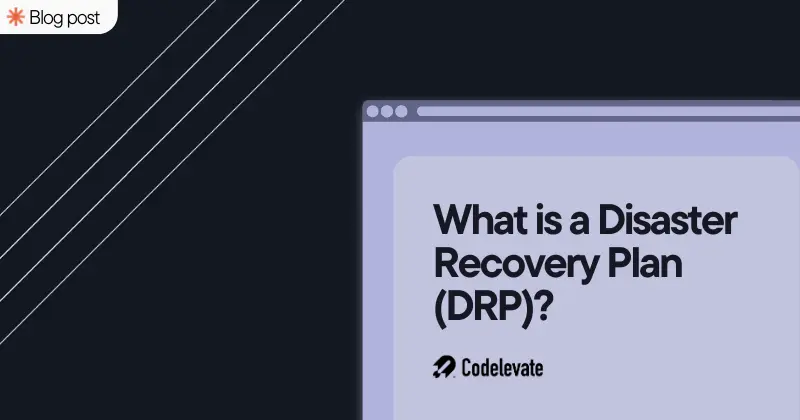The ultimate PRD guide for your B2B SaaS success in 2025

Introduction
In the world of B2B SaaS, success starts with clarity. Whether you’re building a new platform, launching a game-changing feature, or improving an existing service, your team needs to be on the same page from day one. And that’s exactly where a PRD — Product Requirements Document — comes in. Think of a PRD as your product’s instruction manual. It’s not for your customers — it’s for your team. It tells them what you’re building, why you’re building it, who it’s for, how it should work, and what success looks like. Without one, you’re flying blind. With a strong one, you’re set up to build faster, smarter, and with fewer painful surprises.
So if you’re a founder, product manager, or even a startup marketer suddenly tasked with “putting together a PRD,” this guide is your best friend. No jargon, no fluff. Just real talk and practical steps tailored for a 2025 B2B SaaS world. Let’s dive in!
What is a PRD?
A PRD (Product Requirements Document) is a written plan that outlines what your product or feature is going to do, who it’s for, and why it matters. It’s not just a checklist — it’s a strategic communication tool. For B2B SaaS companies, a PRD connects the dots between your business goals, customer pain points, and engineering implementation. It prevents miscommunication, helps keep scope under control, and serves as a source of truth for cross-functional teams like design, development, sales, and support. In today’s fast-paced SaaS world, modern PRDs are shorter, sharper, and more collaborative than ever. They’re living documents — not 50-page PDFs buried in someone’s Google Drive.
Why your B2B SaaS needs a PRD in 2025
Here’s the truth: B2B buyers in 2025 expect smarter software, faster onboarding, better integrations, and clearer results. To deliver that, your team can’t be guessing. A solid PRD keeps everyone focused and aligned. Whether you’re a scrappy startup or a scaling SaaS company, the benefits of a good PRD include:
- Clear expectations for product development
- Better collaboration across departments
- Faster time-to-market
- Fewer bugs and surprises
- More useful features (that users actually want)
How to write a PRD: step-by-step
Let’s walk through each part of a modern PRD using a real-world example. Imagine you’re building a SaaS platform called ClientSync — a tool for B2B account managers to track communication, tasks, and renewal timelines across multiple clients. Here’s how you’d structure your PRD:
1. Situation
Start by laying out the current state of the market and the problem landscape. This helps your team understand why you’re even building this product in the first place.
Example: Account management teams in B2B companies often use a patchwork of spreadsheets, CRMs, Slack messages, and Google Docs to manage client relationships. As a result, they miss renewal cues, overlook urgent issues, and provide inconsistent client experiences. Despite using CRM tools like Salesforce or HubSpot, most of these tools aren’t tailored to client retention workflows. Managers struggle to track client health, organize tasks across teams, and stay proactive with high-value accounts.
2. Problem
Get specific about the pain points your users face. If you don’t understand the problem, the solution won’t land.
Example: Account managers spend too much time switching between tools and chasing internal updates. They struggle to understand client health in real time. Important follow-ups fall through the cracks, and renewal opportunities are often missed because no one knows when to act. The current workflow is reactive, not proactive — and that’s costing companies real revenue.
3. Solution
This is your pitch. How does your product solve the above problems? Focus on the features that matter, not everything you could build.
Example: ClientSync is a centralized hub for B2B account management. It helps teams track key client interactions, assign follow-ups, set renewal alerts, and monitor health scores — all in one place. The platform integrates with Slack, Google Calendar, Salesforce, and email inboxes to surface actionable tasks and reduce chaos.
Core features:
- Shared client workspaces
- Automated task creation from emails/meetings
- Renewal timeline tracking
- Client health scoring based on engagement
- Slack alerts for upcoming action items
4. Target users
Who exactly is going to use this product? Get specific — this affects how you build it.
Example:
- Primary users: Account Managers and Customer Success Managers in B2B SaaS companies (50–500 employees).
- Secondary users: Sales leaders, RevOps teams, and executives who want visibility into client health.
These users are not highly technical, prefer clean and intuitive UIs, and often juggle multiple client accounts.
5. Goals & success metrics
Define what success looks like. This will help guide your team’s priorities.
Example:
Primary goal: Help account managers proactively retain more clients.
Success metrics:
- 80% of users log in at least 3x per week within 30 days
- 40% reduction in missed renewal deadlines
- 60% of tasks auto-created via integrations
- 90% onboarding completion rate within 7 days
6. Scope
This section outlines what is and isn’t included in this version of the product. Keeps things focused and prevents scope creep.
Example:
Included in MVP:
- Client profiles with notes, contact info, and task history
- Slack + Google Calendar integration
- Renewal alerts + health score tracking
- Basic reporting dashboard
Excluded from MVP (future roadmap):
- In-app chat with clients
- AI-powered renewal predictions
- Custom dashboards per user
7. Milestones & timeline
Lay out key phases so everyone knows when to expect what.
Example:

You can use tools like Asana or ClickUp to manage and track these milestones across departments.
8. User onboarding plan
Explain how you’ll get users from sign-up to value, fast.
Example:
ClientSync’s onboarding will be short and focused.
- Step 1: Connect your tools (Slack, Google Calendar, CRM)
- Step 2: Import your client list
- Step 3: Auto-generate tasks based on your next 7 days
- Step 4: Get a guided tour of your workspace
- Step 5: See your first health score and renewal timeline
All new users will get a walkthrough, in-app chat support, and a 5-minute welcome video using platforms like Loom or Userflow.
9. Edge cases & open questions
Address what might go wrong or isn’t fully clear yet.
Examples:
- How will we handle clients with multiple account managers?
- What if the CRM data is incomplete or outdated?
- Should users be able to customize the health scoring formula?
Flagging these questions helps the team stay proactive instead of reactive later.
10. Stakeholders & responsibilities
Clarify who owns what. No ambiguity.
Example:

You can organize these roles with a collaboration hub like Notion.
11. Risks & assumptions
Acknowledge what you’re assuming to be true. If those assumptions change, your plan might too.
Examples:
- We assume users will connect at least two integrations during onboarding
- We assume teams will invite at least two coworkers
- We assume Slack is still a central communication tool for our market
12. Appendix (optional)
You can include extra resources here like mockups, competitor analysis, or feature prioritization charts.
Common PRD mistakes to avoid
Even with the best intentions, PRDs can go off the rails. Here are mistakes to watch for:
- Too much detail: Don’t describe every button. Focus on goals and behavior.
- Vague success metrics: If you can’t measure it, you can’t manage it.
- Ignoring stakeholders: You’ll end up with blind spots. Get feedback early.
- Not updating the doc: Your PRD should evolve as your product does.
- Writing in isolation: Build it with your team, not for them.
Conclusion
A great PRD doesn’t just get your team aligned — it accelerates your entire product development process. For B2B SaaS companies in 2025, where competition is fierce and user expectations are high, having a thoughtful, clear, and lean PRD is your edge. Remember, it’s not about writing the perfect document. It’s about starting the right conversations early. Keep it simple. Make it collaborative. Focus on outcomes. So, next time someone says, “We need a PRD,” you’ll know exactly what to do — and how to do it well. Happy building!
Want your PRD written fast, lean, and expertly? Book a free discovery call with our team at Codelevate. We help startups go from idea to traction - without the guesswork.


.webp)


.svg)




